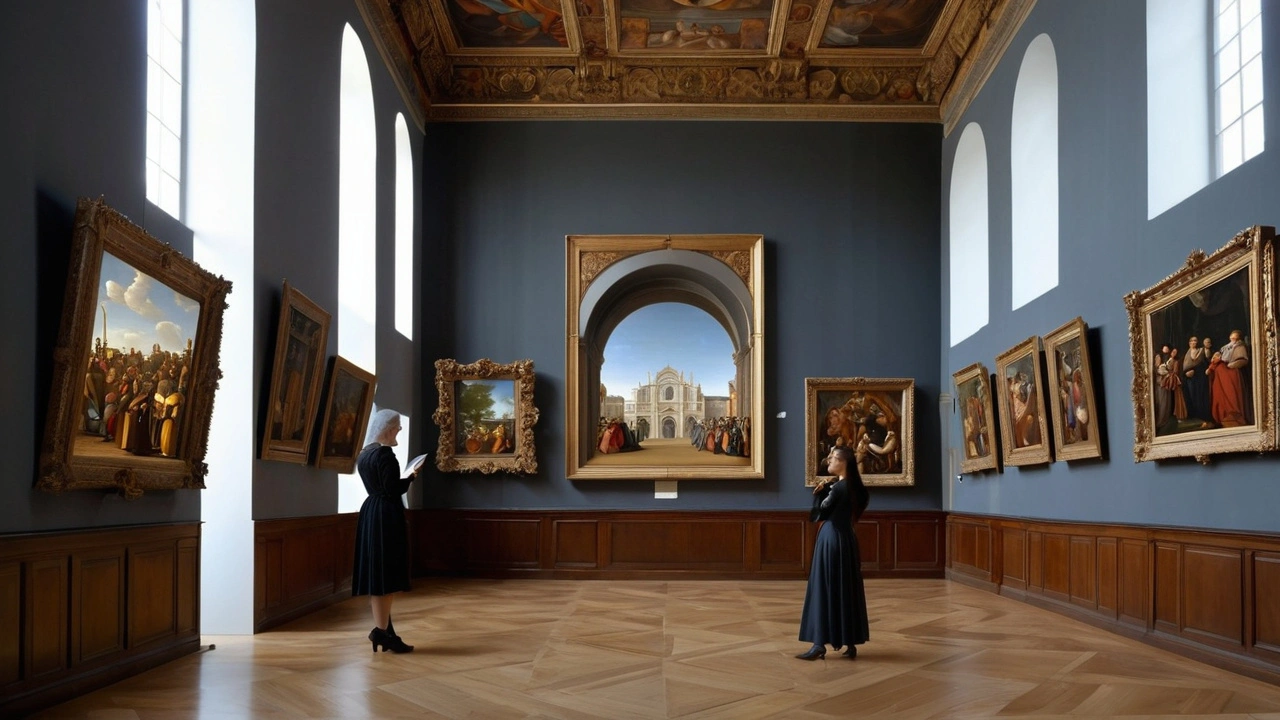This article delves into the rich symbolism found in Renaissance paintings, uncovering the hidden meanings behind various elements and motifs. By identifying and interpreting these symbols, readers can gain a deeper appreciation for this artistic period. Key examples and practical tips are provided to help readers recognize and understand the common themes found in Renaissance art.
Painting Analysis: Read Paintings Like Architecture
Want to read a painting the way you read a building? Treat it like a small world with structure, materials, and a story. When you focus on clear steps—what you see, how it’s built, and what it means—you get fast, useful insight without academic fog.
How to analyze a painting — step by step
Start with observation. Spend at least 60 seconds just looking. Note the main subject, the foreground and background, and any strong shapes. Is the scene open or enclosed? Are there clear edges or blurred forms? Those choices tell you how the artist wants you to move your eye.
Check composition and perspective. Look for lines that guide you: roads, rooftops, rows of columns, or implied sightlines. A strong vanishing point or centered dome often signals Renaissance thinking. Off-center, fragmented planes could hint at Constructivist or Expressionist methods. Think of perspective like a building’s floor plan—it organizes space.
Read light and color. Bright, warm light draws attention; cool shadows push things back. Low contrast flattens space; sharp contrast builds depth. Color also has meaning: classical scenes often use muted earth tones or golds, while neo-futurist or modern works push bold, synthetic colors to suggest technology and speed.
Look at materials and technique. Thick brushwork says something different from smooth glazing. Visible brushstrokes can feel tactile—almost like exposed brick—while polished surfaces read like marble. Note any use of architectural detail: arches, columns, tile patterns. These are clues to time period or cultural influence.
Context matters. Who painted it, when, and where? A cityscape painted in the 1800s will reflect different values than a postwar work. If the painting references known buildings or styles—Baroque ornament, Beaux-Arts symmetry, or Greek Revival columns—you can tie the visual language back to real-world architecture and social ideas.
Quick checklist for architecture-focused painting analysis
- First look: What grabs you in the first five seconds?
- Structure: Identify main lines, vanishing points, and focal areas.
- Scale: Are humans small or dominant? That shifts meaning.
- Light & color: Warm vs. cool, high vs. low contrast.
- Technique: Smooth, textured, layered, or scraped?
- Architectural cues: Note styles, details, or symbolic buildings.
- Message: What story or mood does the scene build?
Use this method on a cityscape, a historical scene, or a detailed interior. Try it on a painting of a Renaissance piazza, then on a modern skyline. You’ll start spotting the same design moves architects use: balance, rhythm, emphasis, and scale. That makes every painting easier and more fun to read.
Want a short practice task? Pick one painting, spend three minutes on observation, then write one sentence describing its main architectural idea. Do that three times and you’ll notice your eye getting sharper fast.

